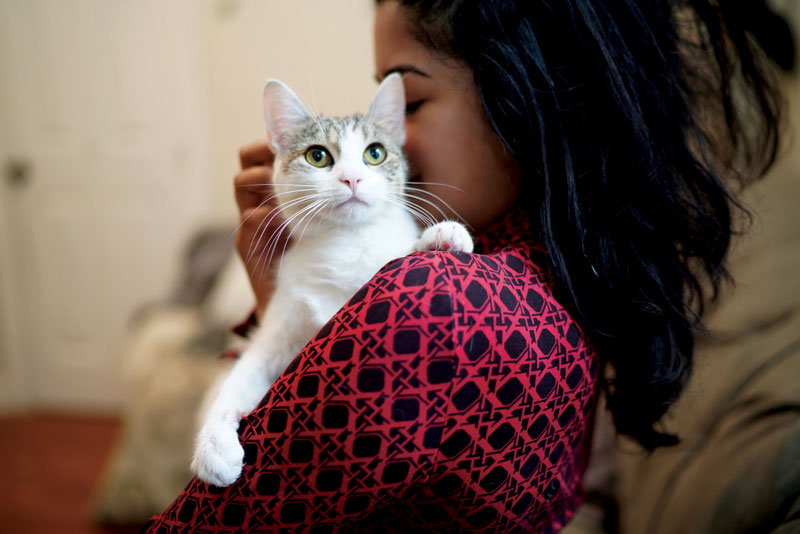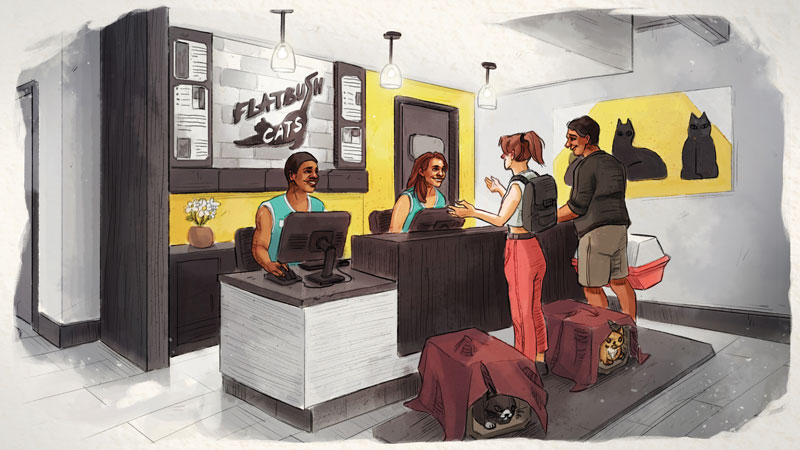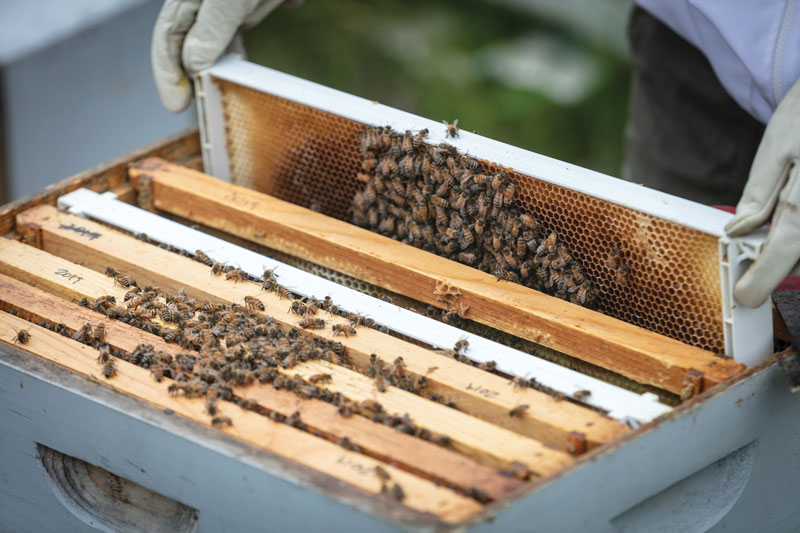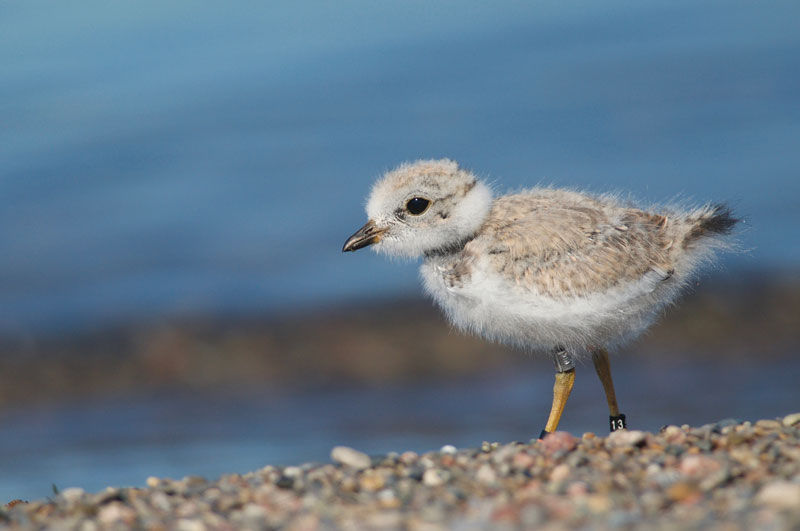
Amid the “concrete jungle” of New York City, there are many wild and domesticated animals that call this urban habitat home. The Trust is committed to supporting the welfare of pets, such as cats and dogs, as well as protecting animals in the wild and their habitats.

Flatbush Cats received a grant from The New York Community Trust to prepare for the opening of Brooklyn’s first affordable, high-capacity spay and neuter clinic. The organization recognizes that kittens born outdoors frequently do not make it past their first few months of life, so the team at Flatbush Cats provides the vital services to address this kitten crisis. This clinic saves cats’ lives by providing more accessible veterinary care to cat owners and reducing the outdoor cat population by rescuing stray cats from the streets and finding them suitable homes.
Bees are essential to the environment and play a large role in food production. The Trust is supporting the Bee Conservancy to protect bees and other pollinators in the metropolitan area. The Bee Conservancy notes that there are roughly 4,000 native bee species in North America, with more than half of these species in decline, and one in four of these species at risk of extinction. It is even more notable that a third of the food that people consume contains a plant that was pollinated by bees, according to the Bee Conservancy.

“Our latest round of funding empowers us to work with a range of sub-agencies of the Port Authority of New York and New Jersey to establish pollinator corridors across their sites,” said Rebecca Louie, the executive director of the Bee Conservancy. “This ongoing, vital work will improve local ecosystems and biodiversity.”
Through this partnership, the Conservancy hopes to develop model practices that can be applied to public lands managed by agencies across the five boroughs.
Similarly, the city’s wild birds are facing challenges and several nonprofits are working to help them, such as the New York City Audubon Society, NYC Plover Project, and the Wild Bird Fund. The New York City Audubon Society is promoting changes in building design and operation that will reduce the incidences of birds colliding with buildings. The NYC Plover Project is using our grant to protect the piping plover, a shorebird that nests in dunes close to the water, making it particularly vulnerable to human disturbance, coastal storms, and erosion. The Wild Bird Fund is using our grant to open a Brooklyn site that will provide emergency services for injured birds, which are vulnerable to collisions with windows, automobile accidents, pet attacks, pollutants, and litter.
The Trust also is helping to start a promising new initiative locally, Dogs Trust USA, which is replicating a successful program from the United Kingdom that will offer canine behavioral training in partnership with three New York City animal rescue agencies. In addition, The Trust is supporting the Wildlife Conservation Society, which is protecting marine wildlife in New York waters through research, public education, and advocacy.
To help the city’s small animal-welfare nonprofits and volunteer groups, The Trust made a grant to the Animal Defense Partnership to provide free legal services to support their expansion, with a particular focus on animal rights groups led by people of color.

A champion for animals
Marjorie Isaacs was devoted to the arts, people, and animals. She danced professionally for George Balanchine and performed at the 1939 World’s Fair and at Radio City Music Hall. She also volunteered for a number of nonprofits, including the Hudson River Museum and the Paul Taylor Dance Company.
In her will, she created a fund in The New York Community Trust devoted to helping animals, particularly those that are abused or otherwise in danger. We’re helping some of the creatures mentioned above thanks to her generosity.